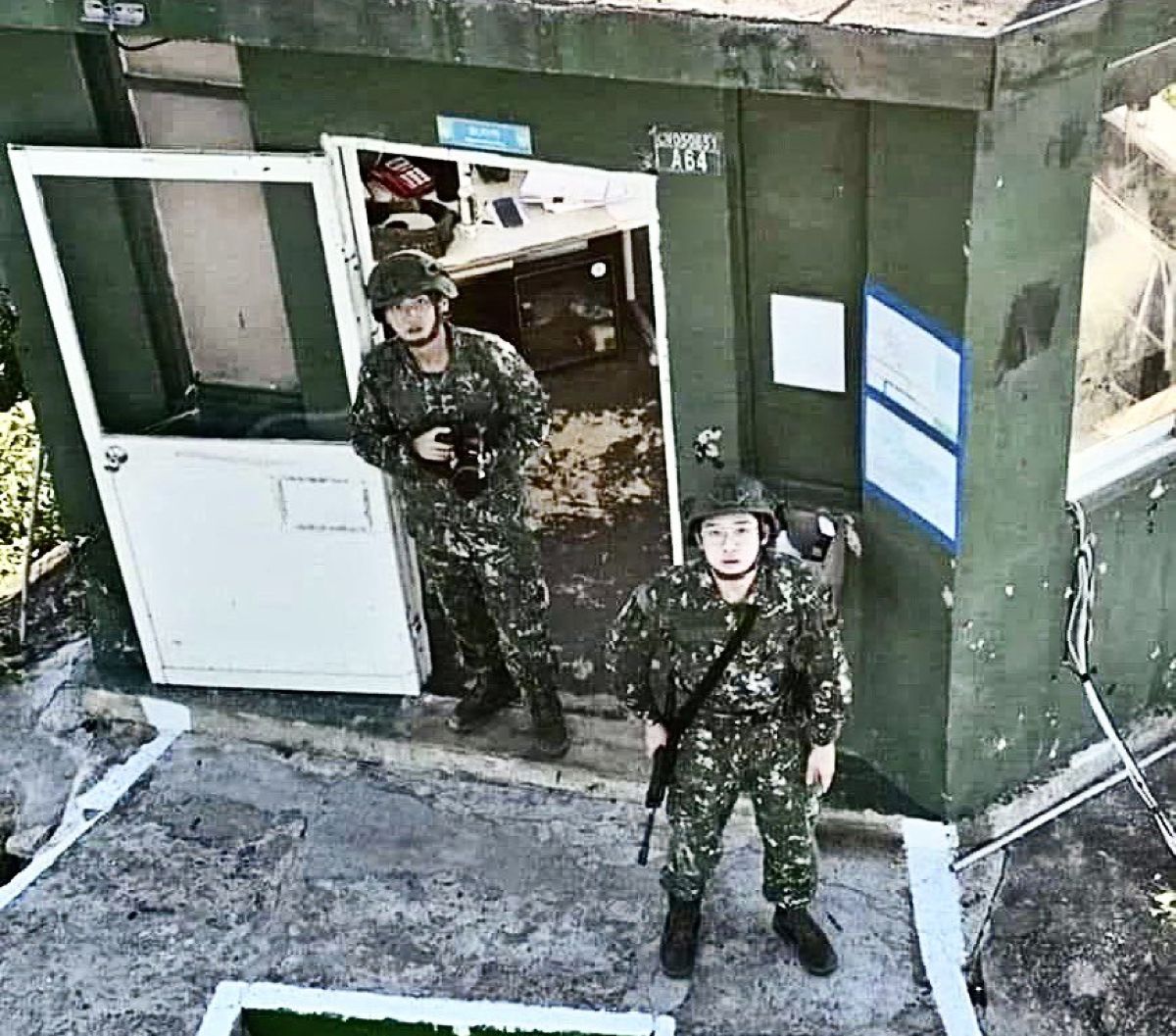Riled up after the death of its fishermen, China has upped the surveillance of Taiwan’s Kinmen Islands, giving rise to concerns that they might be employing civilian drones to spy on Taiwanese soldiers and military installations.
Footage of Taiwanese soldiers walking around the Kinmen Islands allegedly shot by civilian drones that flew inside Taiwanese territory from China was published by Chinese bloggers on the Chinese social network.
As per reports, this was one of the many incidents involving Chinese drones that are accused of snooping in Taiwanese military areas. Kinmen is believed to be a regular target of Chinese spying attempts: it lies just a few kilometers away from China, and the island is considered the frontline of Taiwan’s military defense.
After the footage was published online, military watchers reportedly expressed disbelief and questioned whether keeping a tap on Taiwan’s military activity had become that simple for Chinese authorities and the People’s Republic of China.
Chen Kuo-Ming of the Defense International Magazine told Taiwan Plus: “All countries are the same. Whether it’s an airport or a base, all of them need special radars to intercept these small drones. This should serve as a lesson to the military. Technology is central to keeping up with the times.”
Why Is It So Easy To Spy on #Taiwan’s Soldiers?
More drones have been spotted spying on Taiwan's military bases on its outlying Kinmen Islands. Via TaiwanPlus News.pic.twitter.com/nKek21jzTy
— Indo-Pacific News – Geo-Politics & Defense (@IndoPac_Info) April 10, 2024
Taiwan military said it employs military flares to ward off the drones once they are spotted. Then, troops resort to jamming guns to chase these spy drones away. Military experts have reportedly observed that Taiwan needs to do more than that to send a strong message to China. A few of these specialists also argued in favor of counter-drone devices, which have proved to be effective for Ukrainian forces.
China dispatching these drones to spy on Kinmen Island is also part of its extensive grey-zone tactics, which is a strategy of employing erratic tactics — such as sending civilian ships into or near Taiwanese waters — to wear out an adversary without actually engaging in open confrontation.
Though People’s Liberation Army (PLA) fighter jets and naval vessels routinely cross the median line and violate Taiwan’s territorial sovereignty, China’s military presence near Taiwan has seen a significant uptick.
Kinmen’s historical significance stems from its role as a battlefield during the Chinese Civil War between Communist and Nationalist forces. The island was an important outpost in the fight because of its advantageous location, which allowed it to overlook both Taiwan and mainland China.
Kinmen was pounded extensively during the 1950s artillery exchanges, but it did not give up, gaining the nickname “Frontline Island” and securing its position in Taiwanese history.

Kinmen Island emerged as a new flashpoint between China and the self-ruled island state after three Chinese fishermen were chased by the Taiwanese Coast Guard.
According to Taiwanese authorities, the fishing boat was not authorized to be in their “prohibited or restricted waters.” However, Beijing disputed the allegation pointing out there were no restrictions on the waterways. It also accused the Taiwanese coastguards of chasing the fishermen with “violent and dangerous methods.”
China has intensified surveillance and military presence near these frontline islands. Taiwan’s coast guard head said six to seven Chinese vessels were always present in the seas surrounding the Kinmen Islands. China considers Taiwan a rogue Chinese province and has vowed to occupy and unite the self-ruled island with the Chinese mainland, with force if necessary.
China has consistently hinted at a possible invasion. Last month, Beijing removed the reference to “peaceful reunification” and stated it would “be firm in advancing the cause of China reunification.”
The Chinese President has now sounded the bugle for what may be an imminent Chinese invasion in his latest remarks.
China Calls For ‘Family Unification’
Chinese President Xi Jinping reminded former Taiwan President Ma Ying-jeou on April 10 that all topics could be discussed between the two states and emphasized that outside interference could not halt the “family reunion” between the two sides of the Taiwan Strait.
“External interference cannot stop the historical trend of reunion of the country and family,” Xi said in comments reported by Taiwanese media.
Xi did not go into detail, but in Chinese parlance, any mention of outside meddling with Taiwan pertains primarily to the backing Taipei receives from the United States and other Western nations, particularly in weaponry shipments that continue to enrage Beijing.
Xi claimed that Chinese people live on both sides of the waterway. “There is no rancor that cannot be resolved, no problem that cannot be discussed, and no force that can separate us.”

The phrase “the Chinese people” refers to those who are ethnically Chinese rather than to their country. “If there is a war between the two sides, it will be unbearable,” the former Taiwanese President said. “Chinese on both sides of the strait have enough wisdom to handle all disputes peacefully and avoid heading into conflict.”
The overt aggression shown by China has led US officials to predict that a Chinese invasion was just a matter of years. The top US military commander in the Indo-Pacific region warned last month that Beijing was aiming to invade Taiwan by 2027.
Adm. John Aquilino, chief of Indo-Pacific Command, told the US House Armed Services Committee that China was strengthening the PLA “on a scale not seen” since World War II, despite the nation’s efforts to revive a flagging economy.
“All indications point to the PLA meeting President Xi Jinping’s directive to be ready to invade Taiwan by 2027,” Aquilino said. “The PLA’s actions indicate their ability to meet Xi’s preferred timeline to unify Taiwan with mainland China by force if directed.
- Contact the author at sakshi.tiwari9555 (at) gmail.com
- Follow EurAsian Times on Google News




